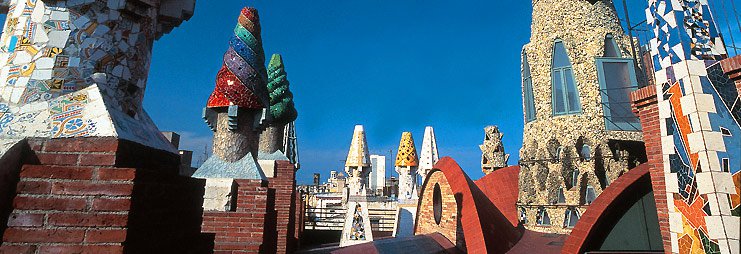Location: Santa Monica
Competition: ASCA Steel Competition 2013
CONCEPT
For many, Santa Monica, California is a to relax, to have fun, and escape reality. But for many—especially
children growing up in gang-infested, crime-ridden, economically deprived neighborhoods like South Central—there is no escape. Year after year, too many children and teenagers die from gun violence and gang wars. Of those who die, a good number lived their life without seeing the beautiful side of California in person. Many never experienced the Pacific Ocean, even though it is less than an hour away from their home. They only know it from television.
On the flip side many children are below the poverty line, and some are even homeless living in Santa Monica. Though these children see the beach, the boardwalk, and many of the other oceanfront attractions, their experience differs from most Santa Monica residents.
The New Horizon Bridge connects cultures between Santa Monica and children of South Central so they can experience this vast potential of the Pacific Ocean without limitation. The entire bridge will literally start in South Central and end here in Santa Monica, joining the two realities. The undulating form of the bridge creates an experience that represents life in this part of California. At both ends, members of the intricate eight-inch diameter steel structural system reach out as a gesture to pull people from Santa Monica and South Central towards this experience. Moments of compression and expansion represent moments in one’s life where that individual might feel pressure, sadness, loneliness, happiness, freedom, excitement, and other emotions. The middle of the bridge has panels of steel surrounding the structural tube and connecting to the structural tube, forming different shapes with different colors representing the amalgamation of cultures in Santa Monica and South Central. Finally at the end facing the beach, the bridge spills out into a breath-taking view of the beach horizon, representing the bigger picture in life. This gesture emphasizes that no matter what kind of experience one may go through in life, it will pay off in the end with a big reward.
I am interested in further developing my design and concept to submit to the national competition at the end of May 2013. There are several issues that still need to be resolved to make my concept whole and fitting to the actual design and function of the building. Over these next few weeks, I will explore these options push to win this national competition.
HOW IT RELATES TO OTHER DESIGNS
HOW IT RELATES TO OTHER DESIGNS
 A pattern in this structure that has occurred in readings and in discussions is how the designer uses the environment around him to influence him or her. In every architecture movement, there was something around the designer that influenced him or her, whether it be political issues, social issues, issues of design, coming up with a new style, etc. Their surrounding environment influenced them, for the most part. I've been inspired by the children of South Central and Santa Monica to create this environment for them. They have designed this bridge. I was just the vessel that placed it on a piece of paper. All my design credit goes to the less-fortunate children of South Central and Santa Monica who do not see what the average child in their community sees.
A pattern in this structure that has occurred in readings and in discussions is how the designer uses the environment around him to influence him or her. In every architecture movement, there was something around the designer that influenced him or her, whether it be political issues, social issues, issues of design, coming up with a new style, etc. Their surrounding environment influenced them, for the most part. I've been inspired by the children of South Central and Santa Monica to create this environment for them. They have designed this bridge. I was just the vessel that placed it on a piece of paper. All my design credit goes to the less-fortunate children of South Central and Santa Monica who do not see what the average child in their community sees.









